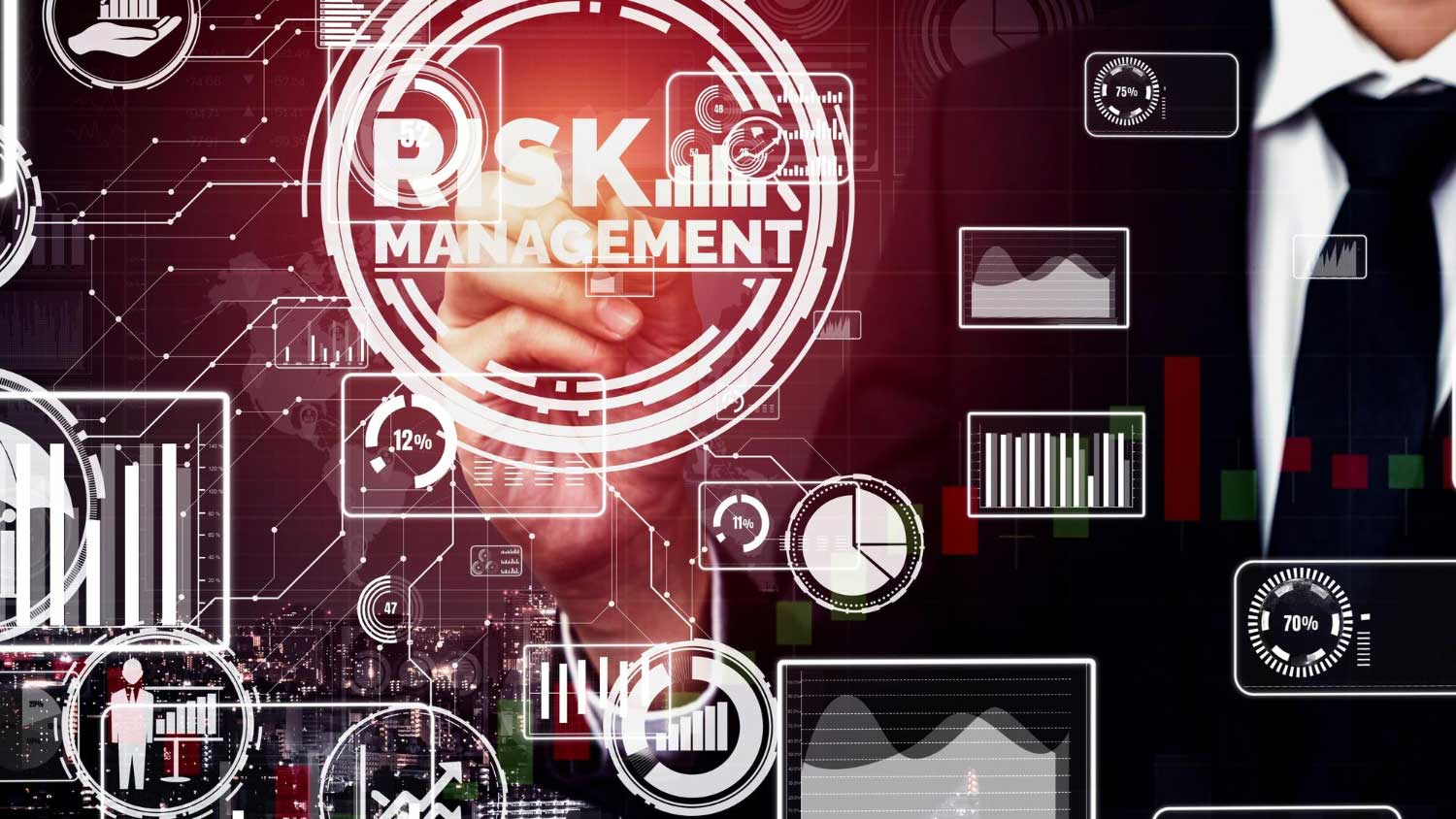In an increasingly uncertain and volatile economic and geopolitical context, organizations must be prepared to respond quickly and systematically to emergency situations, which may stem from internal or external threats. These events include cyberattacks, natural disasters, health crises, political instability, or supply chain disruptions. An effective Business Continuity Plan and a well-defined crisis management strategy allow organizations to minimize damage and resume operations with the least impact on their business activities.
Crisis management is a process that unfolds over several phases. Each phase requires careful planning, specific tools, and clear leadership (who is responsible for the task). These phases can be summarized as follows:
PREPARATION AND SCENARIO DEFINITION
The starting point is the creation of a Business Continuity Plan, a strategic document that outlines all potential crisis scenarios and describes how a company can continue to operate during a crisis. This includes risk assessments, employee training, and resource preparation.
A well-structured plan typically includes:
- Business Impact Analysis, which identifies the critical business functions for the company’s survival and the essential resources needed to keep them operational;
- Identification of sector-specific risks, such as natural disasters, cyberattacks, critical infrastructure disruptions, and geopolitical risks;
- Emergency plans that outline operational procedures for each identified type of emergency;
- Redundancy and disaster recovery plans, including offsite backups, failover servers, and data recovery procedures to ensure systems can be quickly restored in the event of an outage;
- Human resource planning, identifying key personnel and crisis teams, their responsibilities, alternative contact methods, and establishing evacuation plans or safety procedures for employees.
CRISIS DETECTION
A constantly active threat monitoring and detection system is crucial for quickly identifying signals of an impending crisis. These can include software tools that aggregate information from external sources, including OSINT (news, government agencies, risk intelligence), to provide an up-to-date global threat overview. These systems notify companies in real-time of potential crises, such as political unrest or natural disasters, enabling timely responses.
From a cybersecurity perspective, advanced security solutions, such as Security Information and Event Management (SIEM) and Threat Intelligence tools, allow companies to detect cyber threats in real-time and react promptly to security breaches.
COMMUNICATION
Timely and transparent internal and external communication minimizes chaos and uncertainty. Have you ever been stuck on a stopped train without information about the circumstances and gradually gone from confusion/frustration to panic (why aren’t they letting us off?!). Emergency communication systems can support this by sending instant multi-channel notifications (email, SMS, mobile app alerts) to employees, customers, and partners in the event of a crisis. These tools can also provide updates on the status of the emergency and receive real-time feedback.
Activating a Virtual Command Center is also effective for informing and gathering information. These remote collaboration tools — even something as simple as a video call on MS Teams — allow crisis teams to coordinate in real-time, even if geographically dispersed.
RESPONSE
The active crisis management phase involves executing the emergency plan. The priority is ensuring the safety of employees, protecting critical assets, and containing damage.
RECOVERY
This phase focuses on restoring operations. A well-designed Business Continuity Plan ensures that the company’s essential functions resume in a controlled and orderly manner.
POST-CRISIS DEBRIEFING
After the emergency, conducting a full assessment of the actions taken is critical to identify any gaps and update future plans. This phase is necessary for continuous improvement.
Organizations must also adopt proactive practices to minimize the impact of crises on operations and limit financial, reputational, and legal damage. Some examples include:
- Continuous training and simulations: conducting regular drills to prepare employees for crisis situations, improve response times, and identify potential gaps in the plans;
- Operational redundancy, even in production lines and the supply chain, by defining alternative suppliers and warehouses in different geographic locations to reduce the risk of prolonged disruptions;
- Risk insurance, investing in policies that cover specific business risks, such as business interruptions or cyberattacks, to mitigate financial losses.
In conclusion, crisis management and business continuity planning are essential tools to ensure corporate resilience in an increasingly uncertain world. Through proactive planning, adopting advanced technological tools, and continuous employee training, companies can drastically reduce the impact of crises, protecting their most valuable resources and ensuring continuity of operations even in adverse conditions.
If you need support from Kriptia to draft a Business Continuity Plan or to define the operational phases listed above for your specific business, contact us at info@kriptia.com.





















